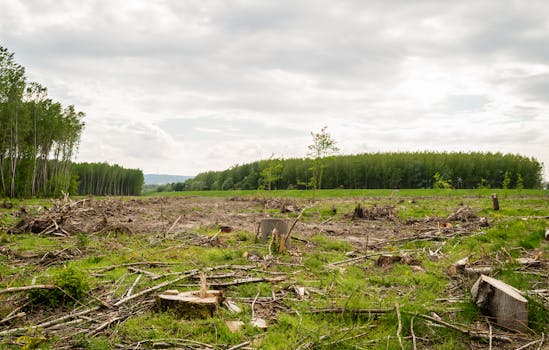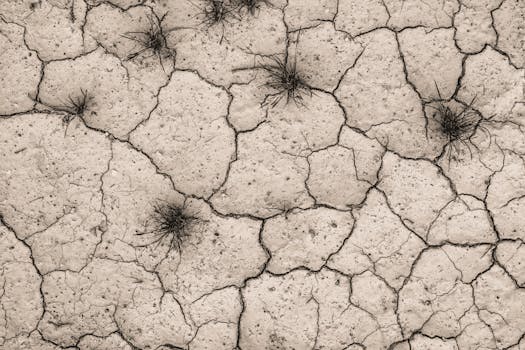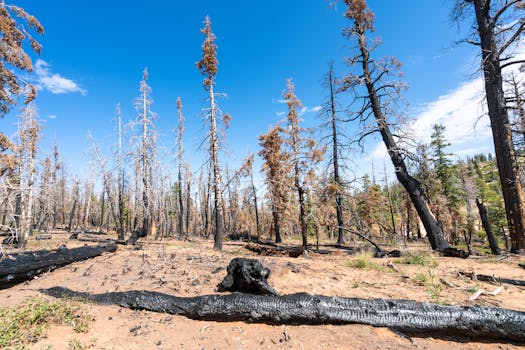Understanding Climate Change and Its Effects

Climate change refers to significant and lasting changes in the average temperature and weather patterns of Earth. It poses severe threats to global ecosystems, with rising temperatures and shifting precipitation patterns affecting habitats and the species that depend on them. Anthropogenic factors, primarily greenhouse gas emissions, are the driving forces behind the disruptions observed.
Altered Habitats: A Strain on Biodiversity

One significant impact of climate change is the alteration of natural habitats. As temperatures rise, species must migrate to cooler areas or adapt to the warming environment; however, not all species can adapt quickly enough. This leads to diminished biodiversity, as many species become endangered or even extinct. Particularly, ecosystems like coral reefs and wetlands are extremely sensitive to temperature changes and face substantial risks due to rising sea levels and temperature fluctuations.
Impacts on Flora and Fauna

The changes in climate also affect plant and animal life, disrupting growth seasons and breeding cycles. For instance, warming temperatures might cause plants to bloom earlier than usual, yet their pollinators may still follow their traditional life cycles. This disconnect can lead to event mismatches, where animals and plants that are reliant on one another fail to align their lifecycles, adversely affecting reproductive opportunities and survival rates.
Invasive Species and Changes in Population Dynamics

Climate change facilitates the spread of invasive species, which can quickly alter ecosystem dynamics. Warmer conditions allow invasive species to travel to new areas where they can outcompete native species for resources. As a result, there is a domino effect on food webs, ultimately leading towards changes in population dynamics that compromises the ecosystem’s integrity and resilience.
The Human Connection: Impacts and Solutions

Humans are also deeply impacted by the effects of climate change on ecosystems. As natural habitats decline, the services ecosystems provide, such as clean water, air purification, and carbon sequestration, become compromised. It is essential to address these impacts through sustainable practices, conservation efforts, and policies aimed at reducing carbon emissions. Engaging in reforestation, protecting endangered species, and restoring natural habitats can tremendously help to mitigate these impacts and promote biodiversity.
